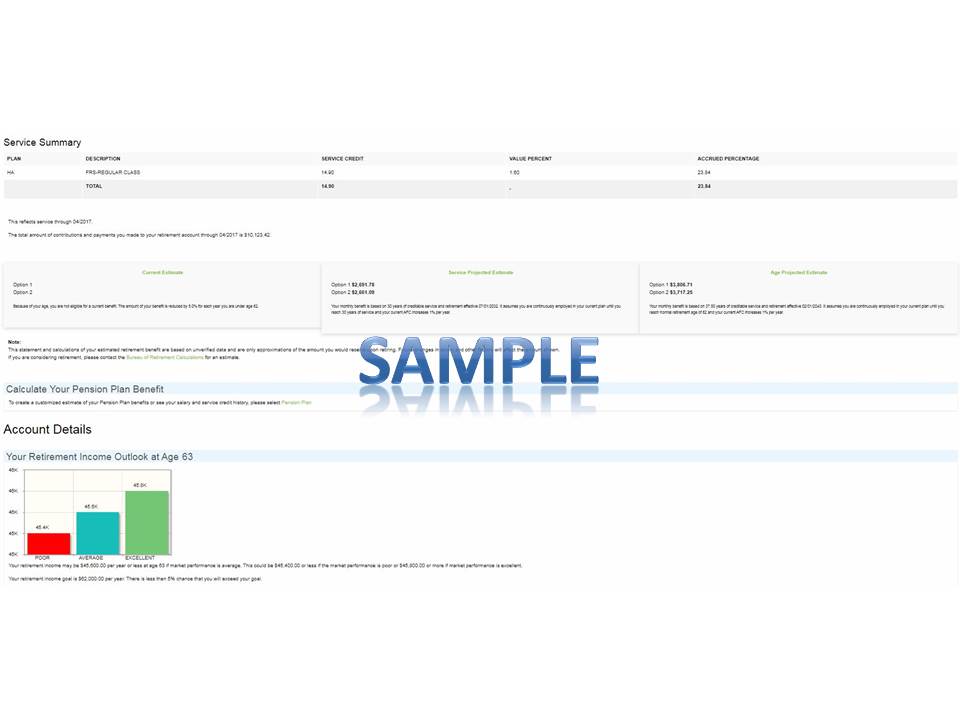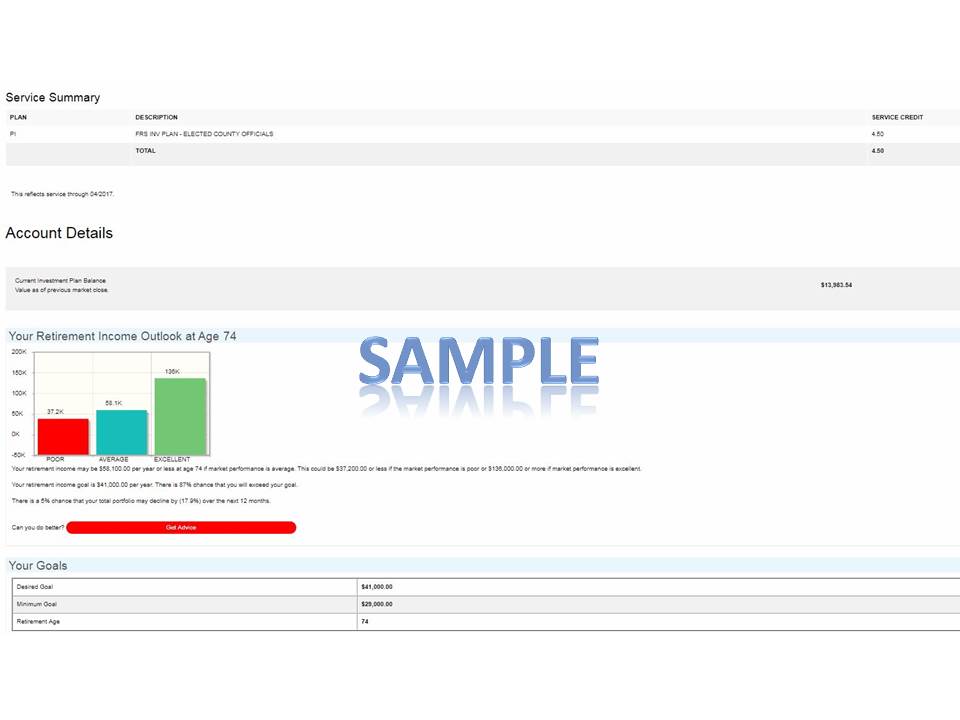User Profile Information
| Name: | |
| User ID: | |
| Email: | |
| Email for MFA: | |
| Phone Number for MFA: | |
| MFA Hourly Lock: | |
| MFA Generate New Number Count: | |
| MFA Generate New Number Time: |
Application Access
| Application | Access? |
|---|---|
| Initial Choice Service: | |
| 2nd Choice Service: | |
| Advisor Service: | |
| Online Election: | |
| Manage Investments: | |
| Manage Pension: |
Address
| Address: | |
| City: | |
| State: | |
| Zip: |
User Information
| Plan Type | |
| Quiz Date: | |
| Plan Code: | |
| Elections Remaining: | |
| Election Group: | |
| Election Start Date: | |
| Election End Date: | |
| Election Effective Date:(Advisor and Second choice are available one month from this date) | |
| Member Role: | |
| Age Restricted: | |
| Age: | |
| IP Distribution: | |
| Initial ABO or Current AAL? | |
| Years of Service: | |
| Salary: | |
| Employee Contributions: | |
| Account Locked: | |
| Failed Login Attempts: |




